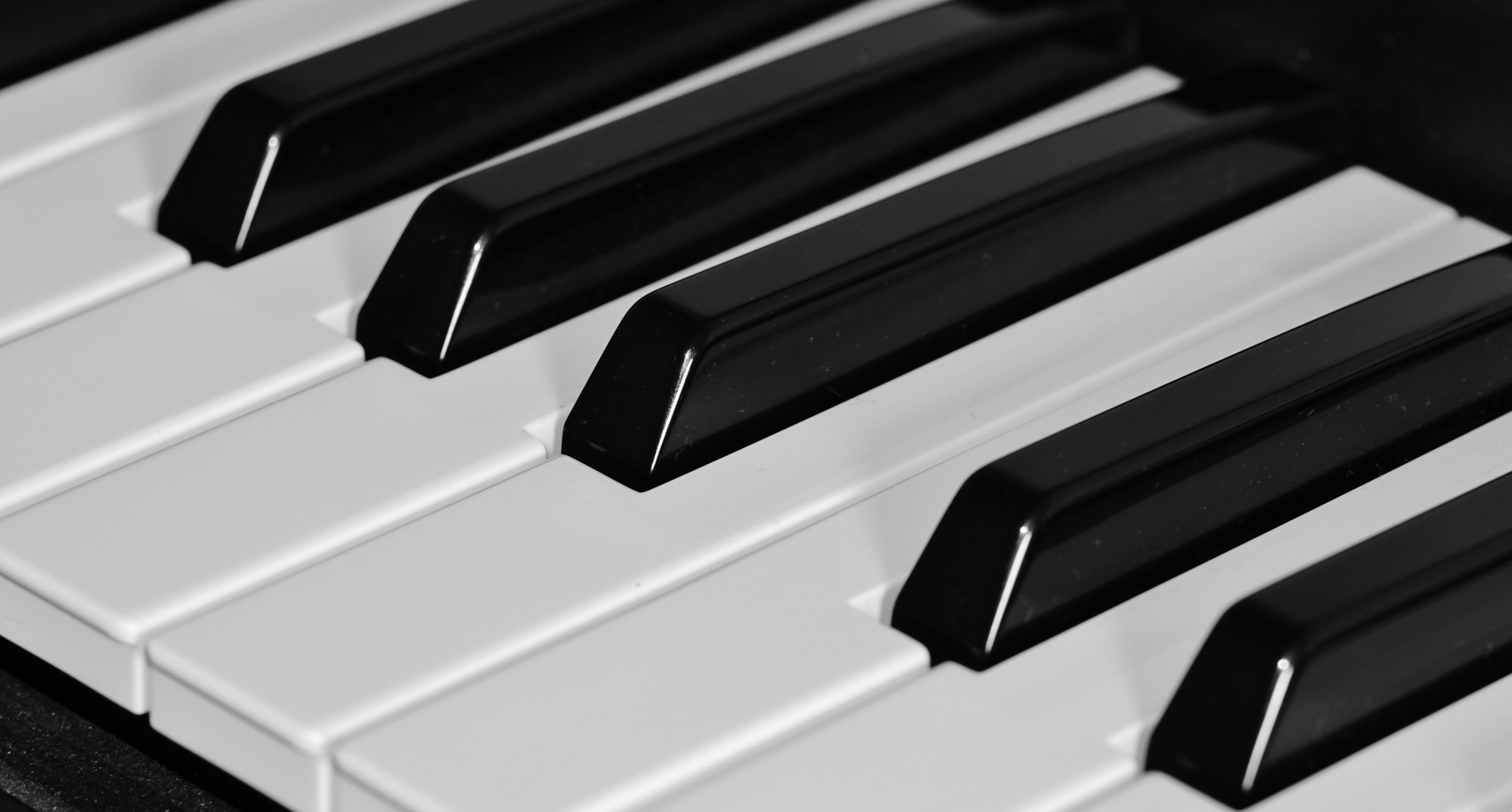The very first form of s synthesiser was analogue synthesisers. This was in 1970s. That gradually dimmed into a newborn digital synthesisers in the 1980s. The whole 1980s was born with a new kind of a sound, art and culture where digital synthesisers played a significant role. One of the manufacturer that was adored by all musical players and artists was Roland.
Roland subsequently dominated the 1980s with the massive beast like Jupiter 8, Jupiter 6 and the D50. Let’s look into D50.
The basic design of Roland D50
When it comes down to Roland D50, this piece of multitimbral synthesiser actually dominated the late 1980s more than the early 1980s. D50 was released in April, 1987.
D50 is a subtractive synthesiser which is a specific method of synthesis. Subtractive synthesis works by taking partials or harmonics of an audio signal and then attenuating the richest harmonics by filtering to gain some sort of control of the timber of the sound. This was nothing new and basically this technique goes hand-in-hand with the analogue synthesisers’ sound synthesis which allows musicians to or manipulate the timber of the sound with the voltage controlled filter, typically the low-pass filter. But what made D50 more fascinating was its ability to produce the range of sound. There were even some third party and Roland’s own add-ons, such as Roland PG-1000 which you could use in conjunction to produce a way richer and more complex variants of sound.
The effects and features of Roland D50
D50 was the first to add sample playback to a subtractive synthesiser which was also affordable.
D50 had built-in effects, which were not common in synthesisers to have at the time. These unique features made it stand out. Musicians from all around the world loved playing this synthesiser. These effects included such features as reverb and chorus. D50 had a whopping 16- and 8-voice polyphony, which you could split in 8 by 8. With this, you could play 8-voice on one-half of the keyboard and 8-voice on the other half of the keyboard.
In terms of oscillators, D50 has 32 partials with 2 per voice as well as 4 per voice in dual or split mode. Roland’s engineers did a tremendous job experimenting with sound and coming up various ways to emulate 0 attacking sound, sound like a click, tap, pluck and others and store them in a ROM which could be manipulated by sustaining or changing its sound over time with an ADSR. This fantastic mechanism of sampling is called PCM synthesis which stands for Pulse Code Modulation. This is basically the forerunner of early sample-based synthesis with some advanced ways of sampling of course.
D50 can be considered as a hybrid synthesiser as well due to its anlogue/digital feature combo.
The variety of sounds created with Roland D50
One of the catchy interface features of the D50 is the joystick. You are able to patch different sounds on different side of the joystick and you are able to blend the sound while playing or jamming your heart out! This is a playful feature. The amount and kind of sound you could create was potentially impossible to put your finger on.
D50 has the ability to combine the traditional sawtooth, pulse wave and square wave with the PCM, a realistic sound sample you could record and put into it, then, with the help of various parameters including lfos, ring modulator, the kind of sound you can produce is inconceivable unless you hear the sound on your own. This was one of the movements for the synthesiser and the kind of sound that was created that was never been heard before. You could create the sound patch by 2 tones which are an upper and lower tone. Each of these tones could be an analogue synthesiser waveform and other being the PCM. Massive sound quality!
D50 won the TEC award for outstanding technical achievement in the musical industry.

